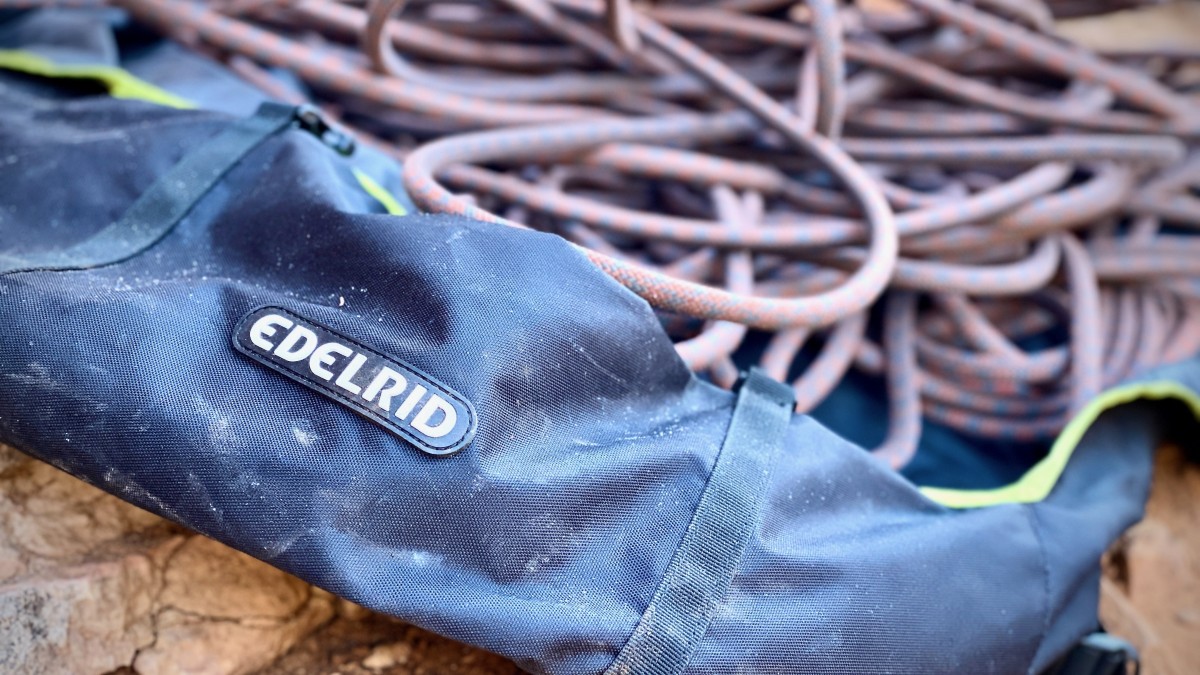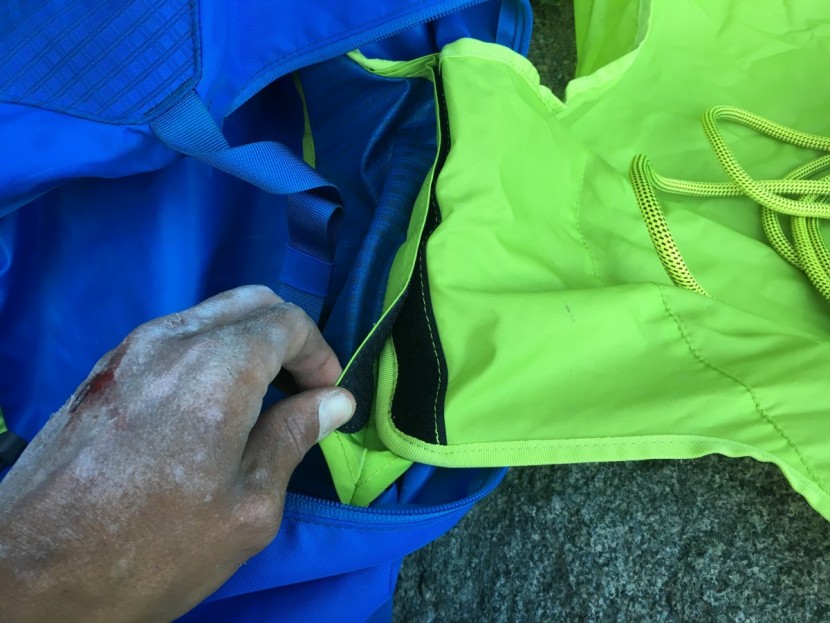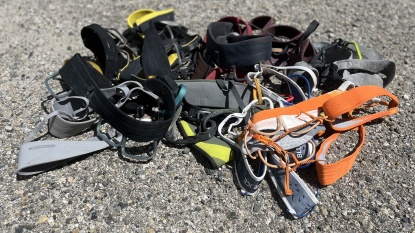As climbing increases in popularity, gear manufacturers are producing a variety of rope bags suited for many different genres of the sport. Regardless of what type of climbing you prefer, a rope bag is critical to protecting your rope from excess dirt, sand, sunlight, chemicals, and oils, all of which can compromise the safety of your rope. Protecting your rope is crucial because it is one of the few non-redundant components that you trust with your life while climbing. From oily parking lots to sandy belay spots, many outside factors can decrease the lifespan of a rope. If you own a rope, purchasing an additional rope bag to protect it is a no-brainer, however, choosing which bag to purchase based on your specific needs can be a little more difficult. Let us help.
Indoor Climbing or Cragging?
The first decision to make regarding your rope bag purchase revolves around where you plan to climb. If you primarily climb indoors, then a simple rope bag will be sufficient, as you'll likely be carrying your rope and essential gear for short distances and won't need to pack the bag nearly as many items as you would when climbing outside.
For those who want a bag that can be used outside, we recommend purchasing a larger rope bag (and rope tarp) with plenty of extra space for your rope and some basic gear. If you want a rope bag that can be packed inside of a larger backpack, then it's best to get the lightest and most compact bag that you can find that pack into a shape that's compatible with your larger crag pack.
Consider Packing and Unpacking the Rope Bag
After deciding between a rope bag for outdoor climbing or a rope bag that's more suitable for gym climbing, we recommend considering the other items of gear you'll want to fit inside your rope bag. We prefer larger packs for cragging because they can easily fit a 70-meter rope, shoes, harness, chalk bag, and quickdraws. The best rope bags for outdoor climbing also feature compression straps that can be used for carrying miscellaneous gear that doesn't fit inside the pack.
Gym-specific models tend to be less spacious, though some have features for carrying around everyday items in addition to your essential climbing gear. Because you'll only need to pack a harness, shoes, and chalk bag for the average gym session, you won't need a ton of extra space in the main compartment. One model in our review even has a padded laptop sleeve, which is helpful for urban use if you stop by the gym before or after your daily commute.
How Long is the Approach?
If you use a rope bag as your sole cragging pack, you'll appreciate having one that is comfortable to carry during longer approaches. We recommend getting a bag with two backpack straps if you plan to carry it for more than 30 minutes from the car. Most burrito-style bags only have a single carrying strap, which works well for shorter approaches but can be annoying if you fill the bag with gear in addition to a rope. After a few minutes, the weight of your rope and essential gear can cause the shoulder strap to dig into your skin and create discomfort, especially on hot summer approaches.
Carrying comfort matters less for indoor climbing since most gym approaches entail a short walk across a parking lot. If you bike or take public transportation to the climbing gym, it can be nice to have a messenger-style rope bag with extra space for books or a laptop.
Keeping Your Rope Safe
The primary function of a rope bag is to protect your rope from dirt and debris encountered at the crag. Most models feature two components to get the job done: a pack for transportation and a tarp to protect the rope from the ground. We recommend considering where you spend most of your time climbing and the size of the rope you climb with the most. Every bag that we tested can fit at least a 70-meter, 9.8-millimeter rope, and most have plenty of space for even longer ropes. Some indoor-specific models will feel very full with a 60-meter rope and are better suited for shorter gym ropes. If you mostly climb indoors with a 35-meter rope, a small tarp will be adequate for keeping it off the gym floor while not taking up too much space inside of the pack. A large tarp is great for climbing outdoors, especially if you have a rope that is longer than 60 meters.
Convenience and Innovative Features
Most rope bags are very simple to use, but some have features that make them even more convenient. These range from clever closure systems, to small zippered pouches, to removable tarps, to adjustable straps. If you plan to use your rope bag as a cragging pack, it can be nice to have one with a zippered pocket to ensure that you won't lose your keys at the base of a climb.
It is worth considering what type of closure system you prefer on other packs. This often comes down to personal preference, but our testers found that models with zippers or roll closures were the fastest to pack and unpack. Drawstring closures are often featured on more budget-oriented models and are not as convenient to open and close.














